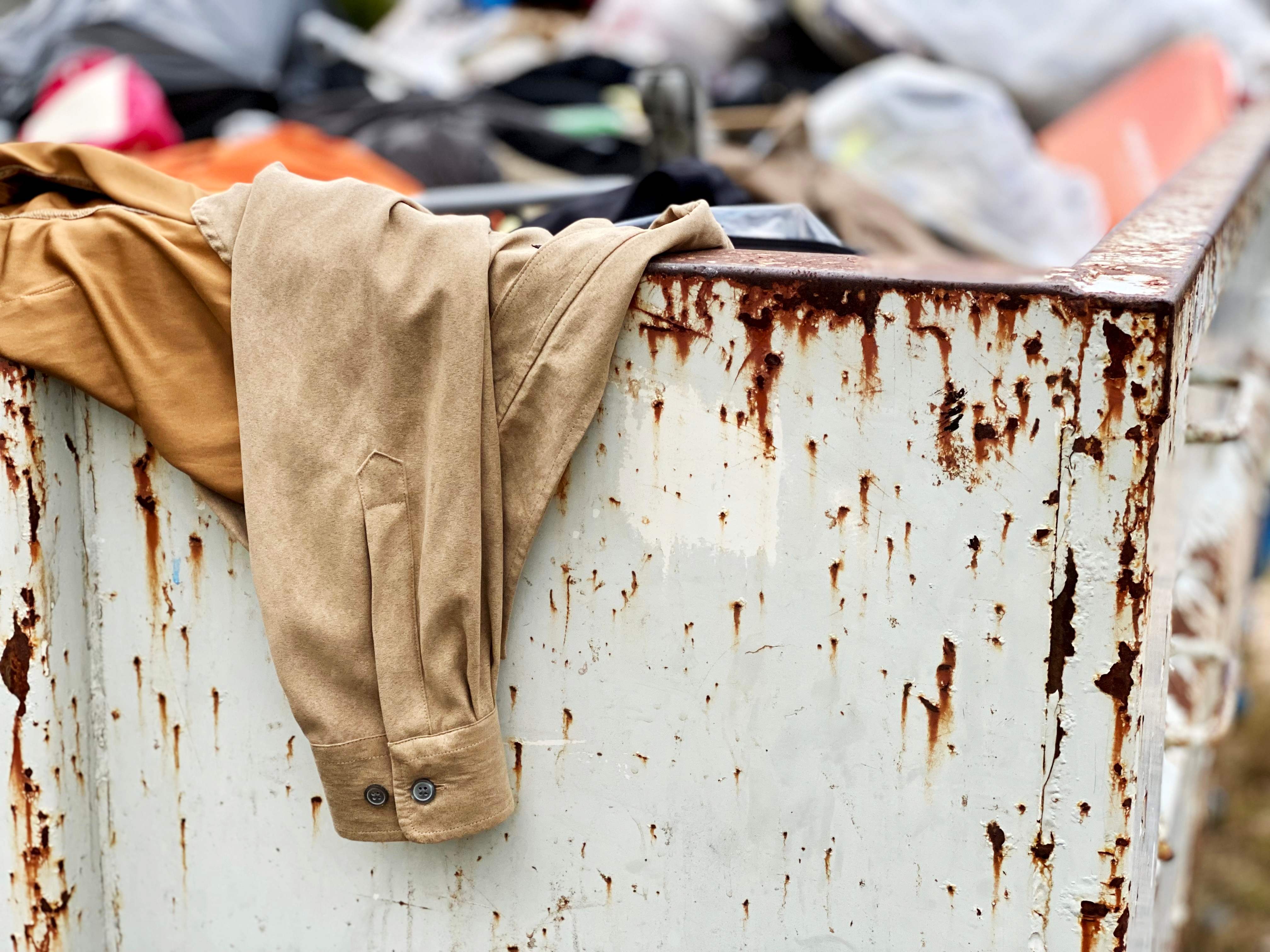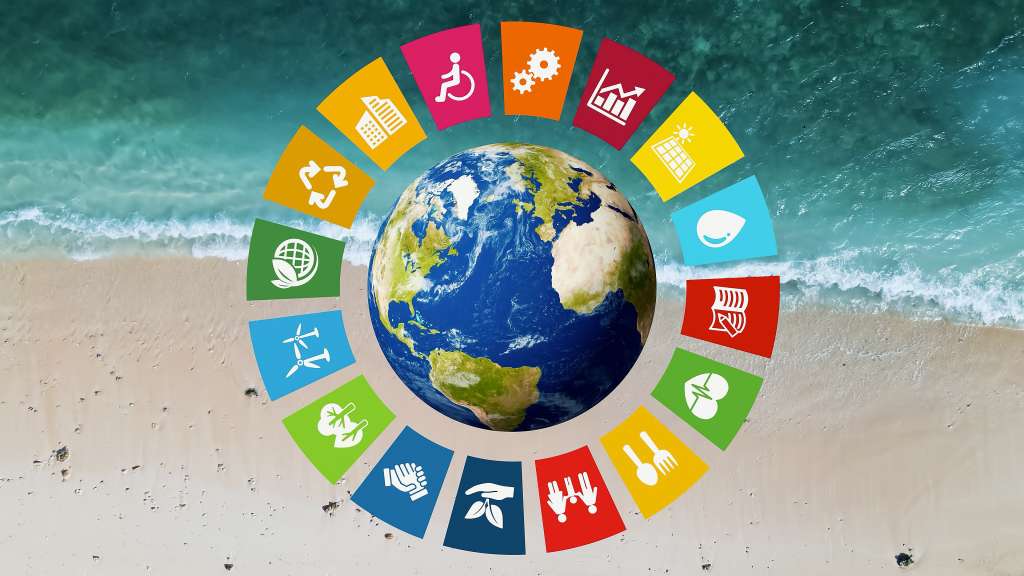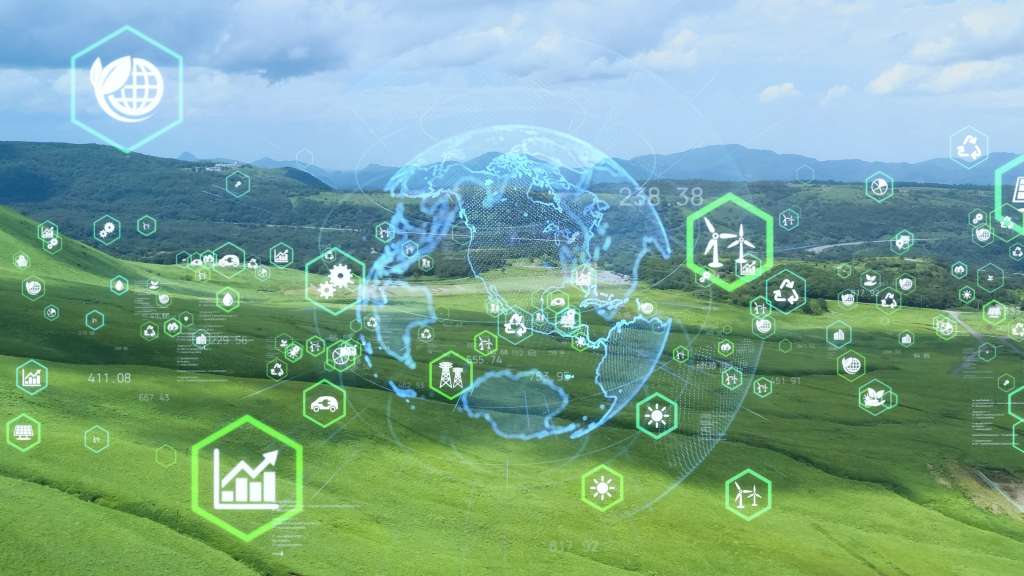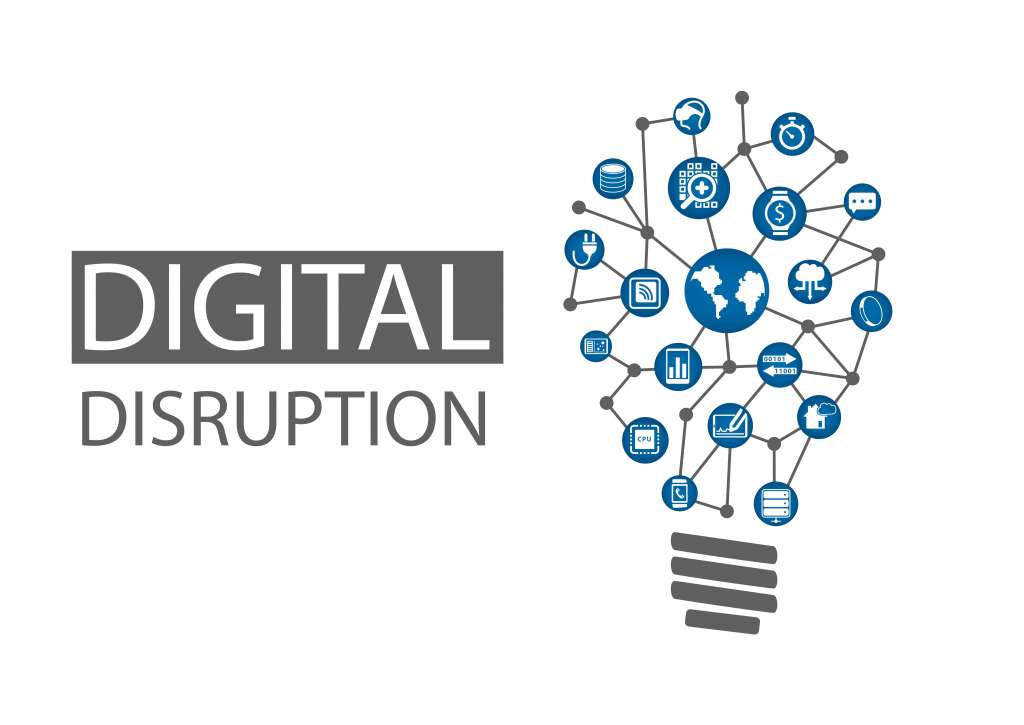Transforming Business As Usual Into the Business of Making A Better World



Summary: The world is paying the price for consumption at any cost. Pollution, environmental degradation, hazardous waste disposal, unethical labor practices, and the increasing gulf between the rich and poor, are some of the problems that we need to find an answer to. Businesses must marry commercial interest with responsibility towards the environment for a brighter future.
The climate change impact across the continents has underlined the urgent need for the world to find a sustainable development path. It is everyone’s responsibility that we do not pass on the surrounding chaos we have inherited to the coming generations. Governments and citizens expect the fashion industry to participate in the UN sustainable goals for 2030 that lays down the framework for collective action to protect our future.
Old ways must give in to new
Have you ever wondered how much we have been using and wasting our resources?
As a standard practice, fashion companies have been routinely destroying their valuable unsold inventories each year. Even worse: the amount of stock that goes into landfill or is burnt has been steadily rising.

The dilemma for luxury brands is understandable. No brand wants its products to end up in a flea market and face brand erosion as a result. Nobody has a solution to the conundrum yet. Still, brands must innovate and find a way out soon.
There is a need to balance the commercial interest of the business and responsibilities towards the planet’s resources. It’s time to steer clear of the old path that involved exploiting nature at its core. The new way should be thoughtful about replenishing the natural resources as well.
Businesses will have to make a genuine commitment to sustainability in their operations to outperform the market. Such is the developing scenario that the market forces shall relegate into oblivion those who do not have as much sustainability as their business mantra.
Business leaders need to come to the forefront
To navigate the transformative changes, businesses across sectors will have to muster the strength and redesign their business models that perceive today’s set of challenges as opportunities. Business leaders need to overhaul their thinking, imagine the future, and take corrective actions. In these changing times, clinging to business-as-usual will not only be a risky proposition but can be seen as a narrow and insensible approach.
Define and communicate sustainability goals, loud and clear

The 2030 UN sustainability goals (SDGs) have made it clear that better business makes better sense. These goals call for collective action to address the issues of environment, diversity, and equality. The SDGs can be used as a benchmark by business leaders to clearly define the purpose and communicate it effectively to the last employee so that the organization’s goals are aligned with the commitment to society at large.
Deciding the sustainability pathway
The purpose of any organization should focus on production processes and consumption patterns. The UN SDGs provide a framework for businesses in which they should build their strategic priorities toward society.

- Maximize production efficiency: Through improved processes and materials reduce the wastage in the production process.
- Maximize use of sustainable material: Increase the use of green materials such as recycled polyester or cotton. Go for innovation in material development and make sure to share it with your partners and fellow companies.
- Maximize energy efficiency: Reduce the consumption of fossil fuel across the production and distribution process and opt for renewable energy as far as possible to run operations.
- Supplier in the loop: Bring suppliers within the ambit of UN sustainability goals and increase traceability and transparency in their operations.
- Ethical practices: Ensure compliance with fair wages and congenial working conditions for the employees as well as follow gender equality in the workplace and promote diversity.
- Environment strategy: Make planet-friendly policy a part of the brand strategy for clarity with partners and stakeholders. It should be embedded in the culture and values of the company.
- Knowledge sharing: Jointly develop new theories and knowledge for circular supply chain and share it openly and freely with the community.
Big brands step up sustainability game

When French luxury group LVMH came out in 2021 with a comprehensive environment and social report, it became one of the first fashion brands to outline its sustainability actionable. One of the highlights of the report was the plan to reduce waste. LVMH waste metrics dropped from 95,620 metric tons to 80, 690 metric tons in a year. Needless to say, setting up such environmental targets positively impacts profit margins as well as wider society in the long run.
Similarly, Nike has outlined plans to reduce waste and recycle used sneakers. The brand has also decided to go for renewable energy in a major way. Its competitor Adidas has focused on creating a greener supply chain and aims to make nine out of ten products from sustainable materials by 2025. On the other hand, fast fashion brand H&M has pledged to use 100% recycled or sustainable material by 2030.
Say yes to digital disruption

Digital technologies have made information more accessible to a wider audience in real time. The positive or negative impact of the business can be more easily tracked and reported. Data can truly be a weapon to assess market dynamics more accurately.
Today it is easier for companies to track and feel the pulse of the consumer firsthand through social media. Data-driven decision-making can enable companies to avoid overproduction and control leakages. Now, it is for companies to make the best use of new technologies.
Key takeaways:
1. Businesses must realize that there is inter-dependency between commercial success and sustainability
2. For this they have to ensure that their operating model is aligned with UN sustainable goals.
Fashinza can be your dependable partner to ease off pressures on the supply chain. High on digital technologies, it can provide real-time information on material, design, production, and shipment.



















